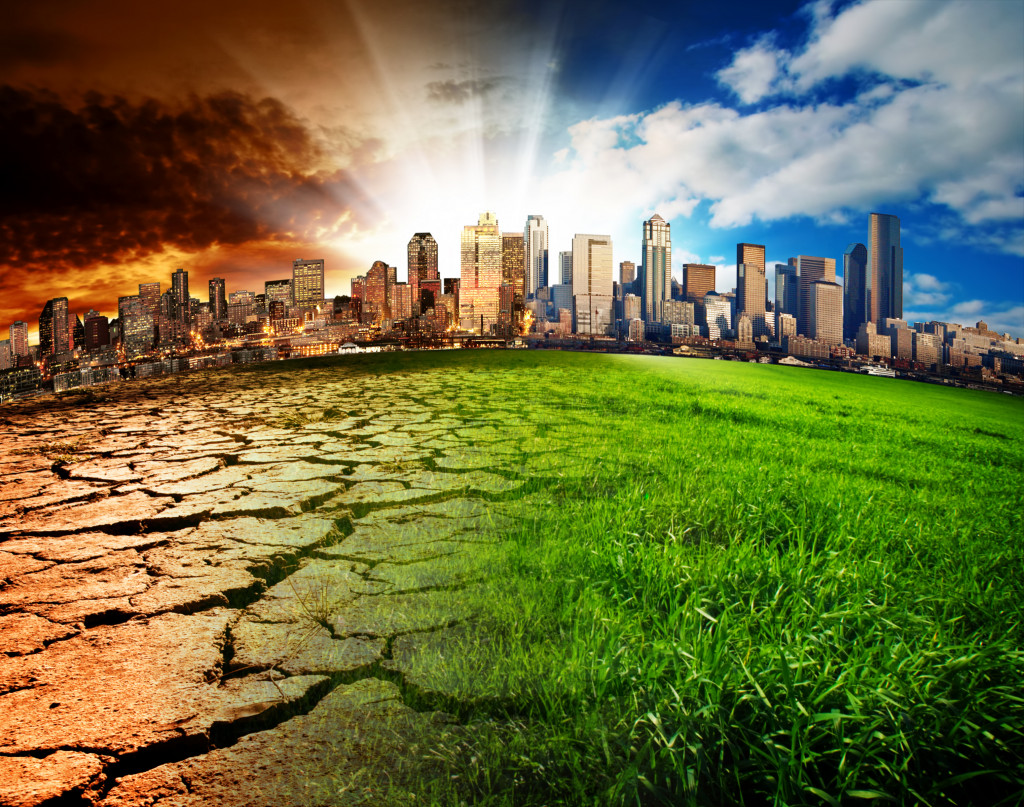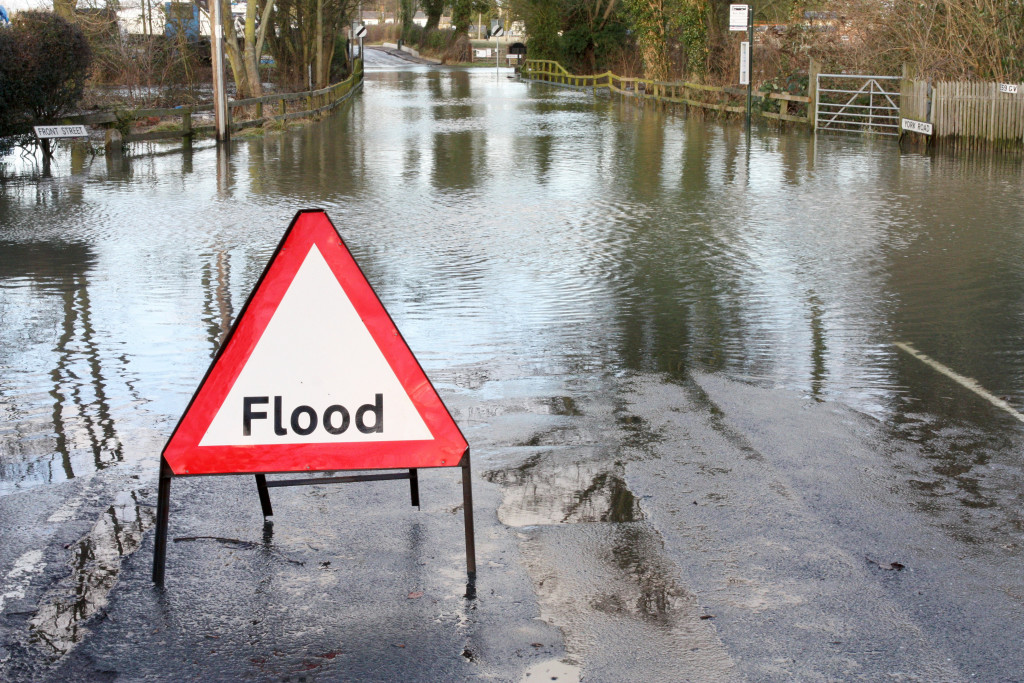Climate change is the biggest long-term threat to businesses. It’s already causing droughts, floods and heatwaves that damage infrastructure, disrupt supply chains and impact profits. And as global temperatures continue to rise, the risks will only increase.
The apparent effects of climate change put businesses under increasing pressure to take steps to mitigate their risks. But what are those risks, and how can businesses deal with them? Here’s a look at some of the most pressing issues facing businesses when it comes to climate change, as well as some tips on how to deal with them.
Rising temperatures and extreme weather events.
One of the most direct risks of climate change is the increased frequency and intensity of extreme weather events, such as heat waves, floods, and droughts. This can lead to decreased productivity, damage to infrastructure and buildings, and even loss of life.
Businesses need comprehensive emergency plans to rapidly respond to events and get back up and running as quickly as possible to deal with this risk. They also need to ensure that their insurance coverage is adequate to cover any losses.
Additionally, businesses must consider how climate change will affect their long-term operations. For example, businesses may need to consider relocating to a safer location if they are located in an area that is prone to flooding. They must also consider changing customer demand patterns and adjust their product or service offerings accordingly.
Businesses should also work with the authorities to help them deal with these extreme weather events. One agency they can work with is the Taskforce on Climate-Related Financial Disclosures (TCFD). The task force provides a framework for helping businesses understand the impact of climate change on their systems and finances. So, businesses should also look for reliable TCFD recommendations to help reduce these risks and allow them to stay profitable while implementing eco-friendly practices.
Shifting patterns of disease.
Changes in temperature and precipitation patterns can create ideal conditions for spreading diseases previously confined to certain regions. This poses a risk to employees who may become sick and customers or clients who could contract a disease from coming into contact with your business. Businesses need to be aware of the diseases in their areas and take steps to prevent them from spreading to mitigate this risk. This may include ensuring that employees are vaccinated against common diseases and providing hand-washing facilities or sanitiser for customers.
Even though there’s no direct evidence of the effect of climate change on the pandemic, experts know how climate change affects the interaction of people with other species. They also understand how this interaction affects people’s health and infection risk. Animals are forced to migrate to cooler areas as the planet heats up. Due to this, they come into contact with other animals and increase the risk of spreading pathogens. So, businesses should implement measures to protect themselves and their employees from the potential impacts of climate change.

Supply chain disruptions.
Businesses that are exposed to climate-related risks can take steps to protect their supply chains from disruptions. For example, they can work with suppliers to identify potential risks and develop contingency plans. Businesses can also invest in risk management tools, such as insurance, to help protect them from losses in the event of a disruption.
In addition, businesses can build resilience in their supply chains by diversifying their suppliers and improving their supply chain management practices. By taking these steps, businesses can minimise the impact of climate-related risks on their operations and ensure that they can continue meeting the needs of their customers.
- Work with suppliers to identify potential risks and develop contingency plans
- Invest in risk management tools, such as insurance
- Diversify your suppliers
- Improve your supply chain management practices
Climate change is one of the most significant risks that businesses face today. Businesses can minimise the impact of climate-related risks on their operations by taking steps to protect their supply chains from disruptions. It also ensures that they can continue meeting the needs of their customers.
Lower worker productivity in extreme weather conditions
Extreme weather conditions related to climate change can significantly negatively impact worker productivity. Workers may be less effective due to the heat when temperatures are too high. Likewise, workers may be less effective due to the cold when temperatures are too low. Additionally, extreme weather conditions can lead to dangerous or unsafe work environments. For these reasons, businesses should take steps to account for the potential impacts of climate change on worker productivity.
There are several ways businesses can deal with the risks associated with climate change. One way is to develop a plan for how to deal with extreme weather conditions. This plan should include contingencies for workers to safely and effectively work if and when temperatures become too hot or too cold. Additionally, businesses should consider investing in resources that can help protect workers from extreme weather conditions, such as air conditioning or heat lamps. Finally, businesses should educate their workers on the risks associated with climate change and how to stay safe and productive in extreme weather conditions.
Climate change poses many risks to businesses, but by being aware of those risks and taking steps to mitigate them, businesses can protect themselves from potential disruptions or losses. By taking steps now to prepare for these risks, businesses can ensure that they can withstand whatever impacts climate change may have in the future.

